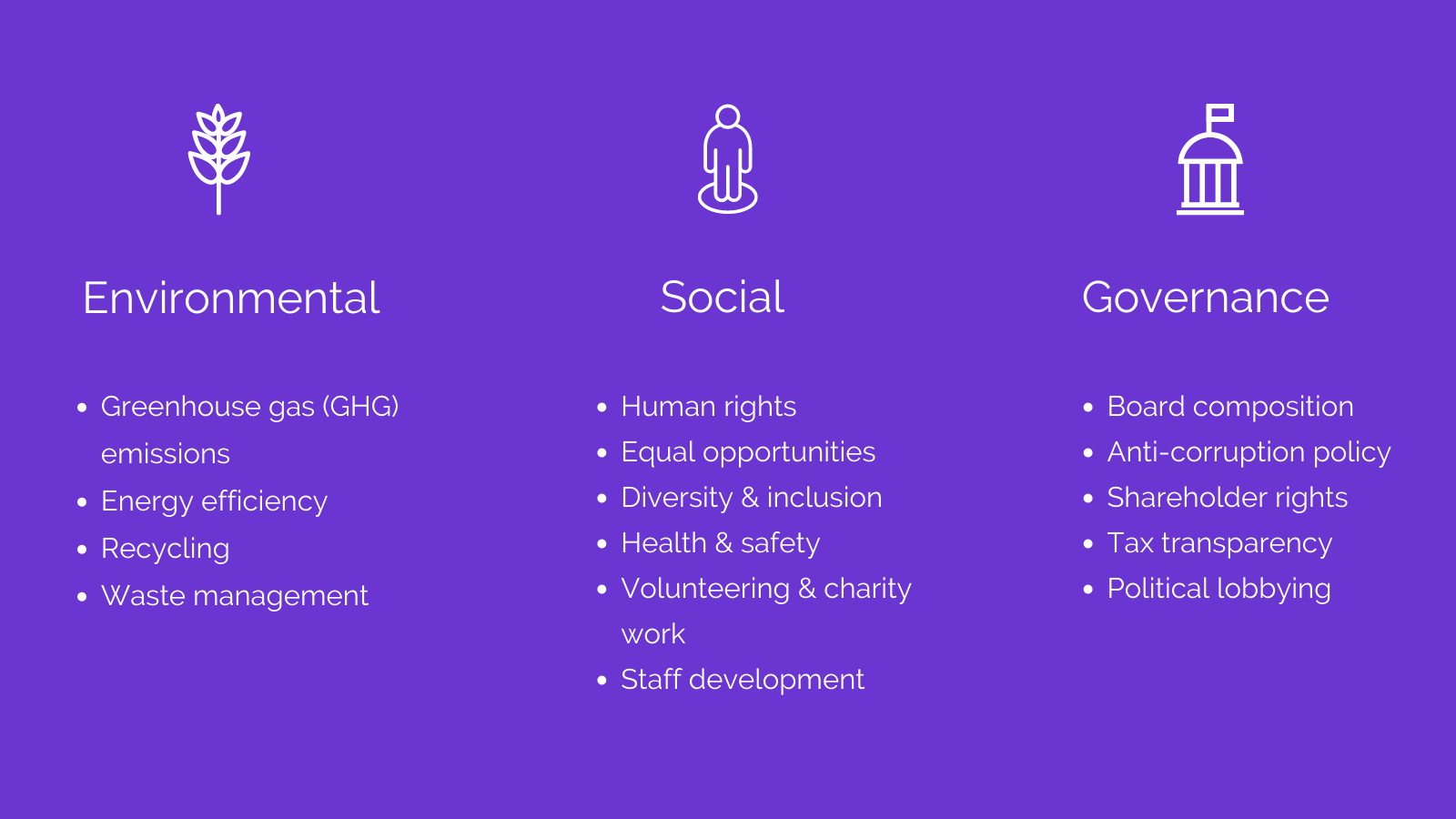In recent years, ESG (Environmental, Social and Governance) goals have become increasingly prevalent and a more prominent discussion within the insurance market. The focus on ESG has only been accelerated since Covid and insurtech is increasingly being looked to by insurance companies to help meet these goals. An example of this is the Lloyd’s Lab’s eighth cohort having a dedicated climate theme.
Insurtech has an integral role to play when it comes to achieving environmental goals, with increasing amounts of data collection and reporting on climate statistics coming through third-party insurtechs. Allowing insurers not just to be able to track the carbon footprint of the businesses and risks they underwrite but also helps them reduce emissions. These insights will enable them to track and work towards the ‘net zero underwriting positions’ many insurers and the Lloyd’s market have committed to.
A fantastic example of this is CarbonChain, who can ‘track the risks involved in carbon supply chain systems and reduce greenhouse gas emissions across industries such as oil & gas, mining and agriculture’ alongside many more technologies company who are helping insurance companies meet their environmental goals.

Insurtech can also be a powerful tool in helping insurance companies of all sizes meet their social goals. Diversity and Inclusion (D&I) is how we most commonly engage with the ‘Social’ aspect of ESG. However, too often do we oversimplify our response to diversity and inclusivity.
Creating an inclusive environment and company is not simply a case of a change in hiring policy. Instead, it relies on creating an environment that fits and caters to the vast and varied needs of a modern workforce. We should ensure that our Equal Opportunities Policy covers all facets of diversity for example, race, religion, gender, sexuality, as well as transgender and non-binary. But on top of that we must be willing to stay informed, and update this policy regularly based on the feedback that is received.
The question really, is how do we create an environment that can cater to a broad group of people with different needs and circumstances. The answer must be flexibility, as there is no one-size-fits-all response.
Since March 2020, the first time we packed our desks up and started working from home, we have all received a hard and fast lesson in flexible work practices. While there are, of course, benefits to being in the office, the benefits of flexibility have started to be fully appreciated. According to the ONS, 84% of all workers that had to work from home during the pandemic plan to continue with hybrid working going forward.
During the pandemic, we had to find ways to make working from home a possibility, and regularly, we looked to different insurtechs to make this happen. From cloud-based back-office platforms, placing platforms and enhanced professional networks where we could stay in contact with one another, we found ways to keep the market running without physically being there.
Take a look at the MGAA webinar alongside SchemeServe, ‘Collaboration for Growth’, to hear first-hand how the industry was forced to flourish through collaborative tools.
If we really want to enact change within our market, especially when it comes to diversity and inclusion, we need to build upon the successes and flexibility shown during the pandemic lockdowns. We learnt; that not only could we adapt to a new style of working but also thrive under it.


